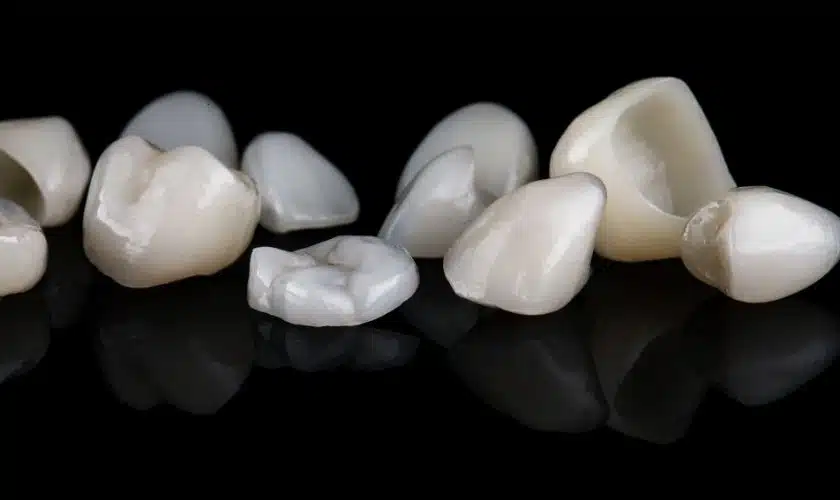Dental crowns play a vital role in restorative dentistry, providing both aesthetic and functional benefits to individuals with damaged or compromised teeth. While the cosmetic advantages are often apparent, the impact of dental crowns on bite alignment and chewing function is equally significant.
How do dental crowns contribute to a harmonious bite & enhanced chewing capabilities?
- Restoring Structural Integrity: Dental crowns are designed to encapsulate and protect damaged or weakened teeth. By providing a robust outer shell, they restore the structural integrity of a tooth, allowing it to withstand the pressures of normal biting and chewing.
- Balancing the Bite: An uneven bite can lead to a myriad of issues, including jaw pain, headaches, and even difficulty in speaking and chewing. Dental crowns, when precisely crafted and placed, contribute to balancing the bite forces across all teeth, promoting a harmonious and stable occlusion.
- Improving Chewing Efficiency: Teeth with compromised structures or extensive decay may hinder proper chewing function. Dental crowns create a uniform surface, facilitating efficient and effective biting and chewing. This, in turn, promotes better digestion by breaking down food into smaller, more digestible particles.
- Enhancing Tooth-to-Tooth Contact: Dental crowns are custom-made to fit seamlessly within the dental arch. This ensures optimal tooth-to-tooth contact, promoting a natural and comfortable bite. A well-aligned bite reduces the risk of uneven wear on teeth, preventing additional dental complications.
- Addressing Occlusal Issues: Individuals with misaligned teeth or occlusal problems can experience discomfort and functional limitations. Dental crowns, in conjunction with other orthodontic treatments if necessary, can help address occlusal issues, promoting a healthier and more functional bite.
- Stabilizing Jaw Joints: A properly aligned bite helps stabilize the temporomandibular joints (TMJs), reducing the risk of temporomandibular joint disorder (TMD). Dental crowns contribute to this stabilization by ensuring that the forces exerted during biting and chewing are distributed evenly.
- Preventing Further Damage: Teeth that are weak or damaged are susceptible to further deterioration without intervention. Dental crowns act as a protective barrier, preventing the progression of decay and fortifying the tooth against potential fractures or breaks.
- Customization for Optimal Function: The customization of dental crowns allows for precise shaping and contouring to match the individual’s natural bite pattern. This ensures that the crowns integrate seamlessly into the existing dental structure, optimizing both aesthetics and function.
Conclusion:
In the realm of restorative dentistry, dental crowns stand out not only for their cosmetic enhancements but also for their profound impact on bite alignment and chewing function. Whether you are seeking to restore a single tooth or undergoing a comprehensive smile makeover, dental crowns play a pivotal role in ensuring that your bite is not only beautiful but also functional and comfortable for years to come.
